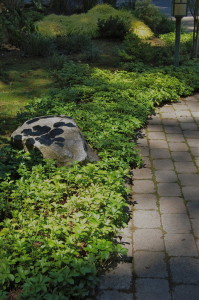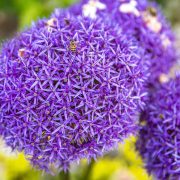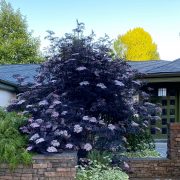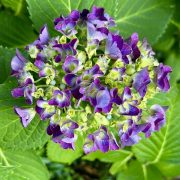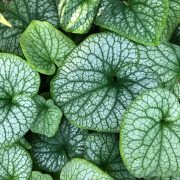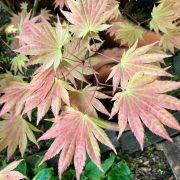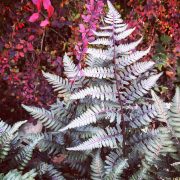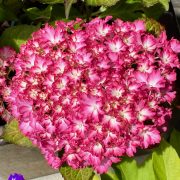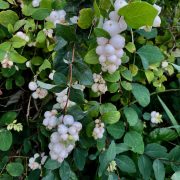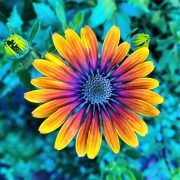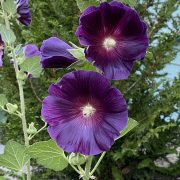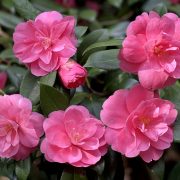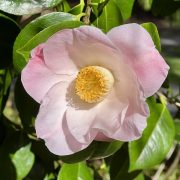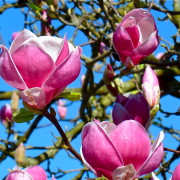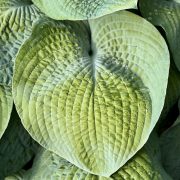It’s peak season for summer-blooming perennials – the easiest way to enjoy reliable flowers all summer without having to replant annuals. If you’re considering adding perennials to your garden or expanding the collection you already have, now is the time.
My list of power perennials are plants with an abundance of flowers and a long bloom cycle. They are also water-wise, adaptable, and low-maintenance.
Here are some of my favorites:
Achellia (Yarrow). This tried and true perennial has several exotic cultivars that are just as versatile and tough as the old-fashioned, and still popular, bright yellow ‘Moonshine’. The flowers of Achellia millefolium ‘Sassy Summer Sangria’ are a multitude of individual deep coral-red florets with a white eye and ‘Sassy Summer Sunset’ has red-orange florets with a yellow eye. Woody stems hold the flower heads above a clump of soft, feathery green-gray foliage. Achellia does best in well-drained average soil with some supplemental water, but once established it will tolerate short periods of drought.
Salvia (Sage). A large genus that includes several species and numerous cultivars. Here, I am focus on Salvia nemorosa. ‘Marcus’, one of the most compact cultivars, has deep purple flower spikes above a low basal clump of silvery-green foliage. Its diminutive size and uniform appearance make it a good choice for a seasonal border or edging a perennial garden. ‘Rose Marvel’ has small leaves along upright stems with flower spikes lined composed of rose-colored florets. Its unique color and form add continuity when repeated in combination with other plants. Salvia will bloom throughout summer if the spent flower heads are removed. It thrives in full sun and may become leggy with too much moisture or not enough sun.
Nepeta (Catnip). Hybrid Nepeta x faassenii has low, spreading stems of soft gray-green foliage that extend outward horizontally giving the plant a graceful, symmetrical appearance. Each stem develops a flower spike at the end making the plant a solid mass color when in bloom. ‘Walker’s Low’ has light blue flowers and may reach more than 24″ across in a single season making it an excellent seasonal ground cover or colorful mass planting. ‘Cat’s Pajamas’ is a compact cultivar with indigo blue flowers and rosy-purple calyxes that remain after the flowers are spent. Catnip x faassenii hybrids have a long growth season – foliage emerges in early spring and plants continue to bloom until frost. If plants become leggy mid-season, cut them back to encourage a new flush of foliage and flowers.
This summer is a great time to add perennials to your garden while there is still a good selection in nurseries. If you are not ready to plant, make notes and take pictures of your favorites and I can help you identify them.
If you’re ready to start fresh, renovate or just need a change, now is the time to evaluate your garden and complete design plans to execute this fall.
Need more ideas? Contact me for a design consultation to learn about landscape design or how to maximize the impact of plantings for any spot in your garden.
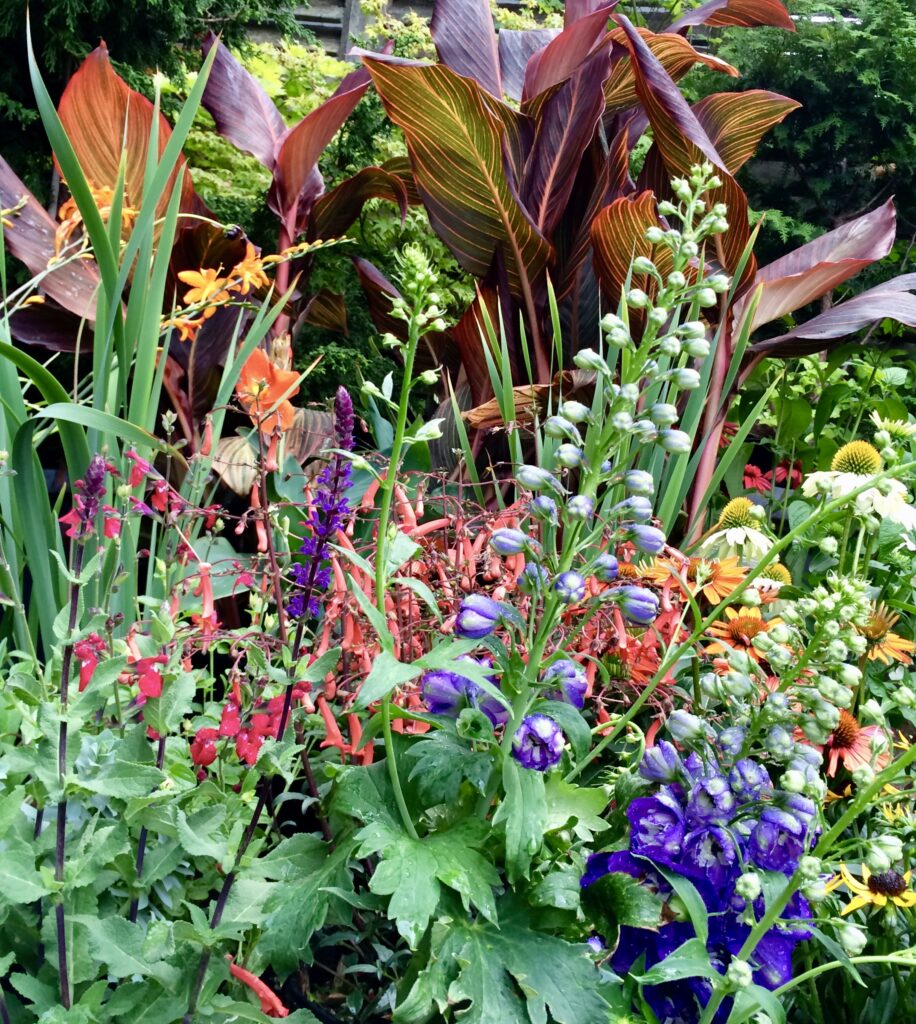
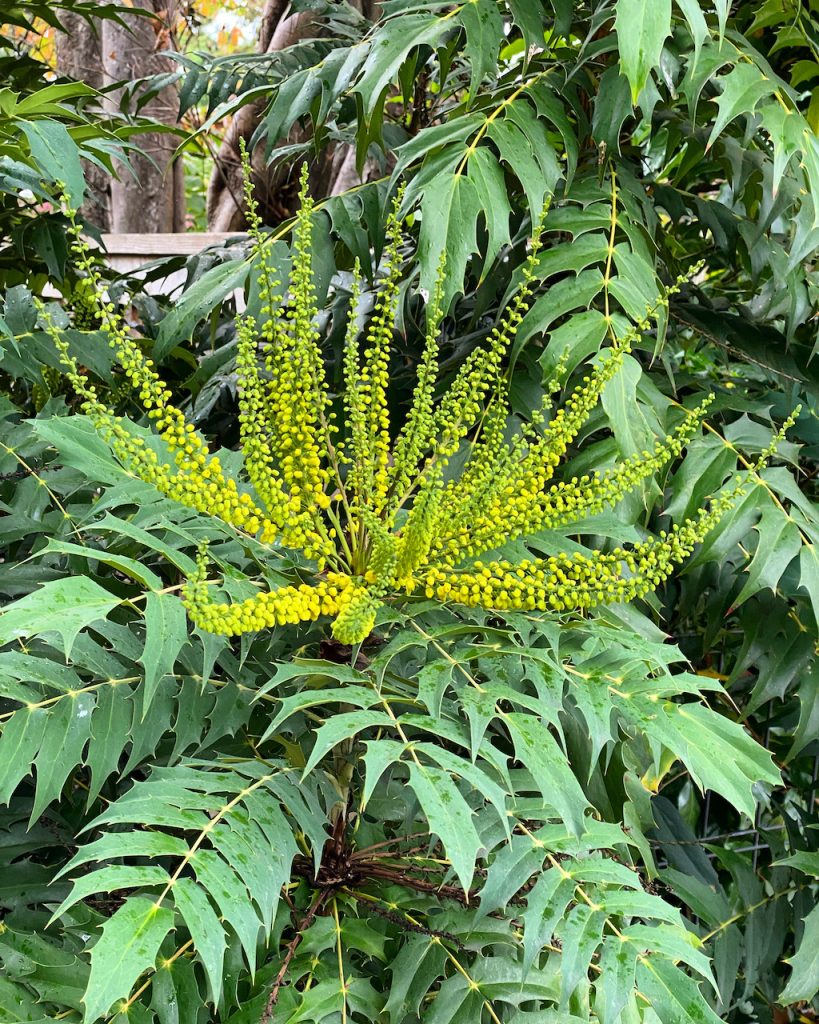
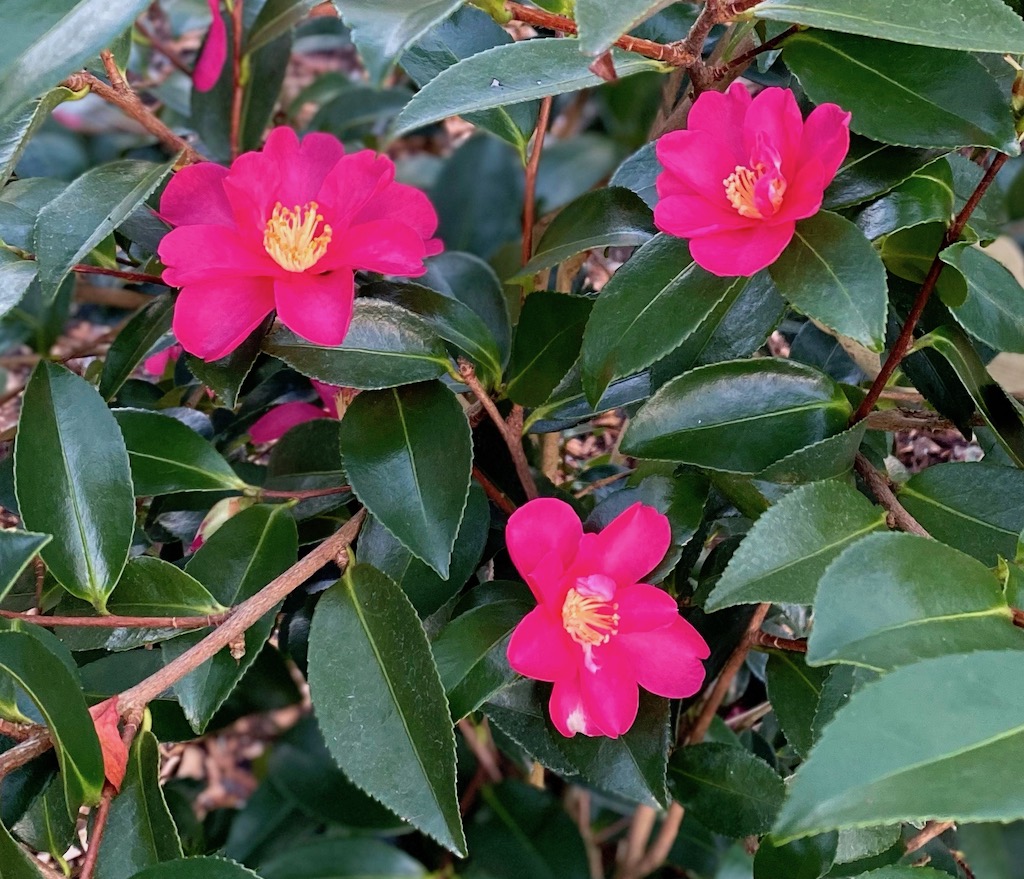
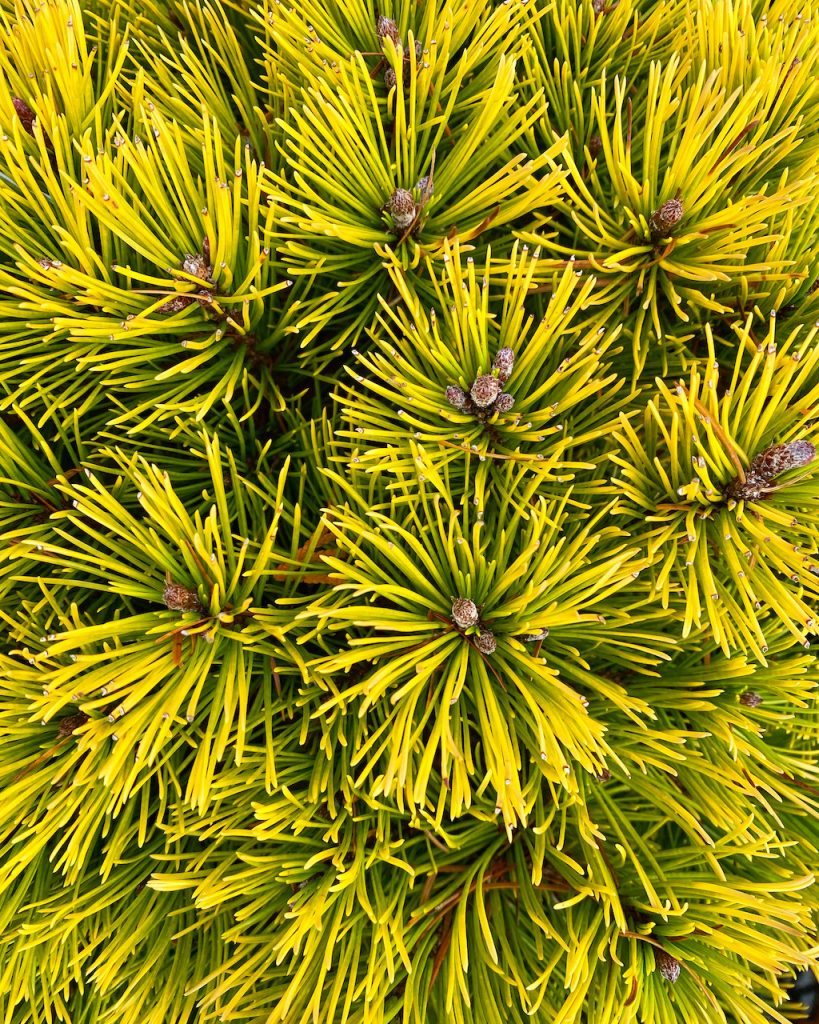

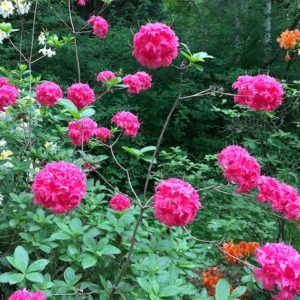 on twiggy stems that jut out at an angle from main branches. When not in bloom, the ‘Homebush ‘is understated — perfect when situated behind lower growing Rhododendrons or evergreen plants with
on twiggy stems that jut out at an angle from main branches. When not in bloom, the ‘Homebush ‘is understated — perfect when situated behind lower growing Rhododendrons or evergreen plants with